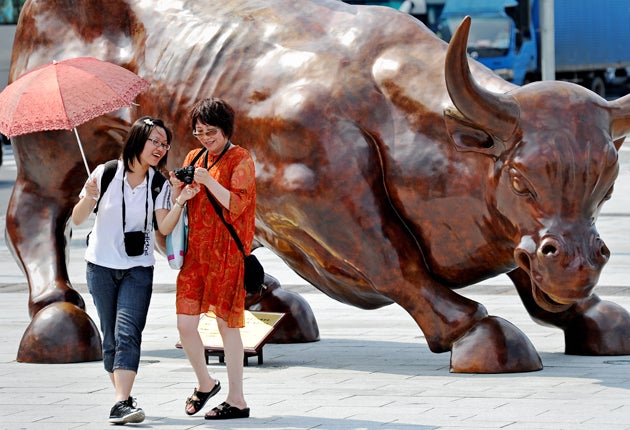Kate Simon: How hope replaced grief in Lower Manhattan
Travel View

Your support helps us to tell the story
From reproductive rights to climate change to Big Tech, The Independent is on the ground when the story is developing. Whether it's investigating the financials of Elon Musk's pro-Trump PAC or producing our latest documentary, 'The A Word', which shines a light on the American women fighting for reproductive rights, we know how important it is to parse out the facts from the messaging.
At such a critical moment in US history, we need reporters on the ground. Your donation allows us to keep sending journalists to speak to both sides of the story.
The Independent is trusted by Americans across the entire political spectrum. And unlike many other quality news outlets, we choose not to lock Americans out of our reporting and analysis with paywalls. We believe quality journalism should be available to everyone, paid for by those who can afford it.
Your support makes all the difference.Beyond the human tragedy, the destruction of the World Trade Center on 11 September 2001 altered the physical landscape of Lower Manhattan for ever – and not just because of the vast hole in the ground left by the destruction of the twin towers.
A report titled "The State of Lower Manhattan" has just been published by Downtown Alliance New York, a regeneration organisation led by local businesses. It makes for interesting reading about the effect of the attack on the surrounding neighbourhoods in the past 10 years.
Since 9/11, $30bn (about £19bn) of public and private money has been invested in the area – the fourth largest business district in America. And while financial services, centring on Wall Street, continues to dominate commercial space here, much else has changed.
Ten years on, Lower Manhattan has become one of the city's fastest growing residential neighbourhoods, according to the Downtown Alliance report; its population has more than doubled since 2001. And as the focus has broadened from work to include rest and play, so the local retail and hotel industry has grown by 10 per cent.
Workers, residents and visitors in this area have the potential annual spending power of $4.6bn. Hence, says the report, "the area south of Chambers Street has ... become a shopping and dining capital". Hermès, Tiffany & Co and Barnes & Noble are among the impressive new kids on the block where shoppers once only ventured for the bargains on designer labels at Century 21 (now under expansion).
The hotel scene is in rude health, too. The number of hotels has tripled to 18 since 2001, with 4,092 rooms now available to book. Four Seasons and Sheraton are among the well-known names moving into the area. Meanwhile, the number of leisure travellers opting to stay on this side of town already stands at 38 per cent, not so far off the 55 per cent who traditionally visit for business reasons.
Tourism in general into Lower Manhattan has hit a steep curve, doubling from four million to eight million visitors a year by 2010, an upward trend that is predicted to continue. That, perhaps, should be no surprise. Interest in seeing the scene of the crime and watching the redevelopment of Ground Zero has proved irresistible for tourists – I admit, I always seem to find myself there whenever I visit.
But the truth is Lower Manhattan has always benefited from some heavyweight attractions. Tourists flock daily to this end of the island to see the Brooklyn Bridge, take a stroll down Wall Street, or catch a boat out to see the Statue of Liberty and Ellis Island. And there are plenty of less well-known yet intriguing attractions to be found here, too, such as the Museum of Jewish Heritage, Poets House, and the Skyscraper Museum.
From tomorrow, visitors will be able to add to their itineraries the National September 11 Memorial, where today's commemorations are being held. Admission is free, though visits must be booked in advance. The memorial is reported to be expecting three to four million visitors to call by in its first year alone.
Today, Lower Manhattan will look back in grief, but there's also plenty to look forward to in hope.
Do you have a travel issue? Email sundaytravel@independent.co.uk
Join our commenting forum
Join thought-provoking conversations, follow other Independent readers and see their replies
Comments